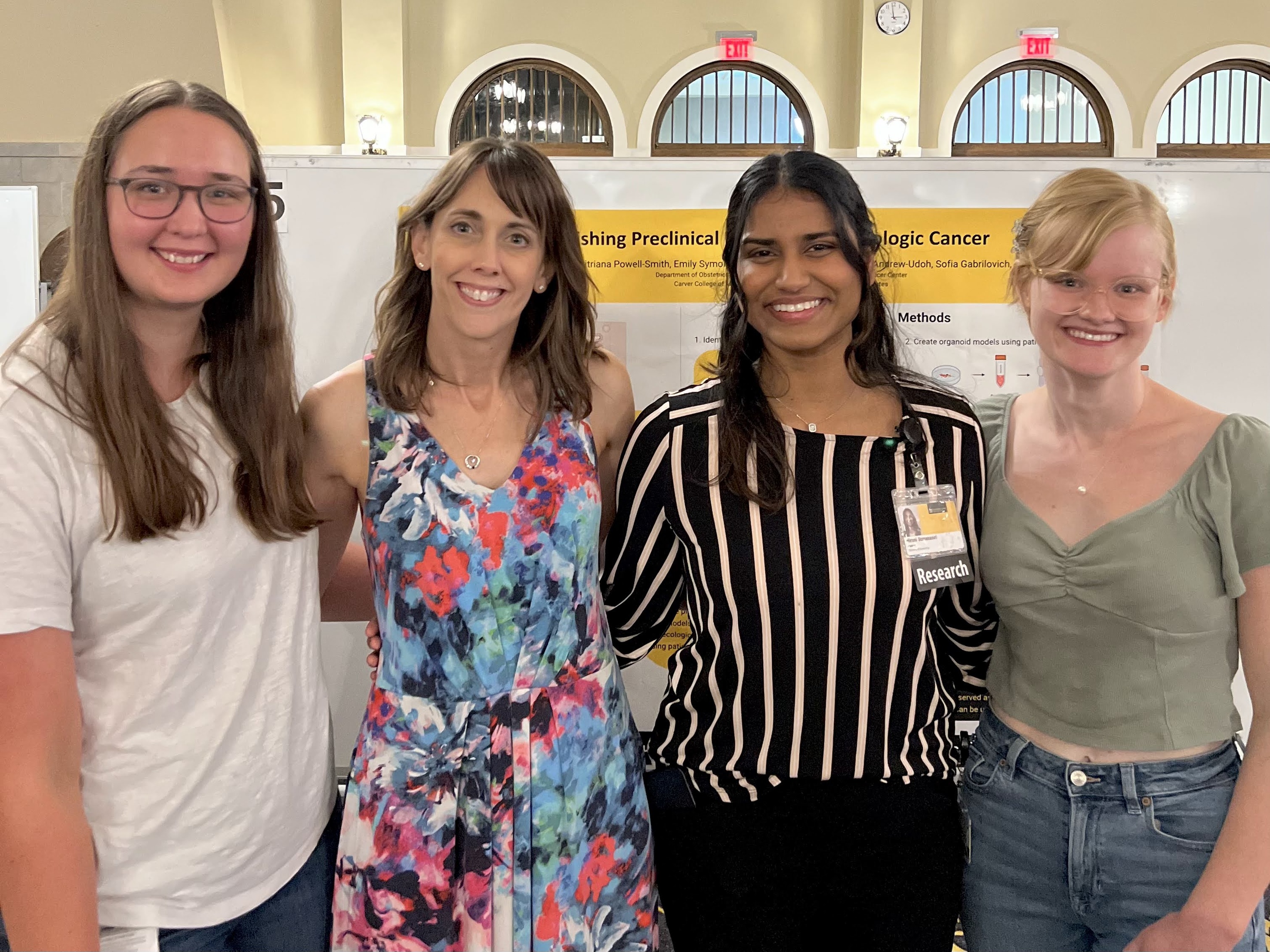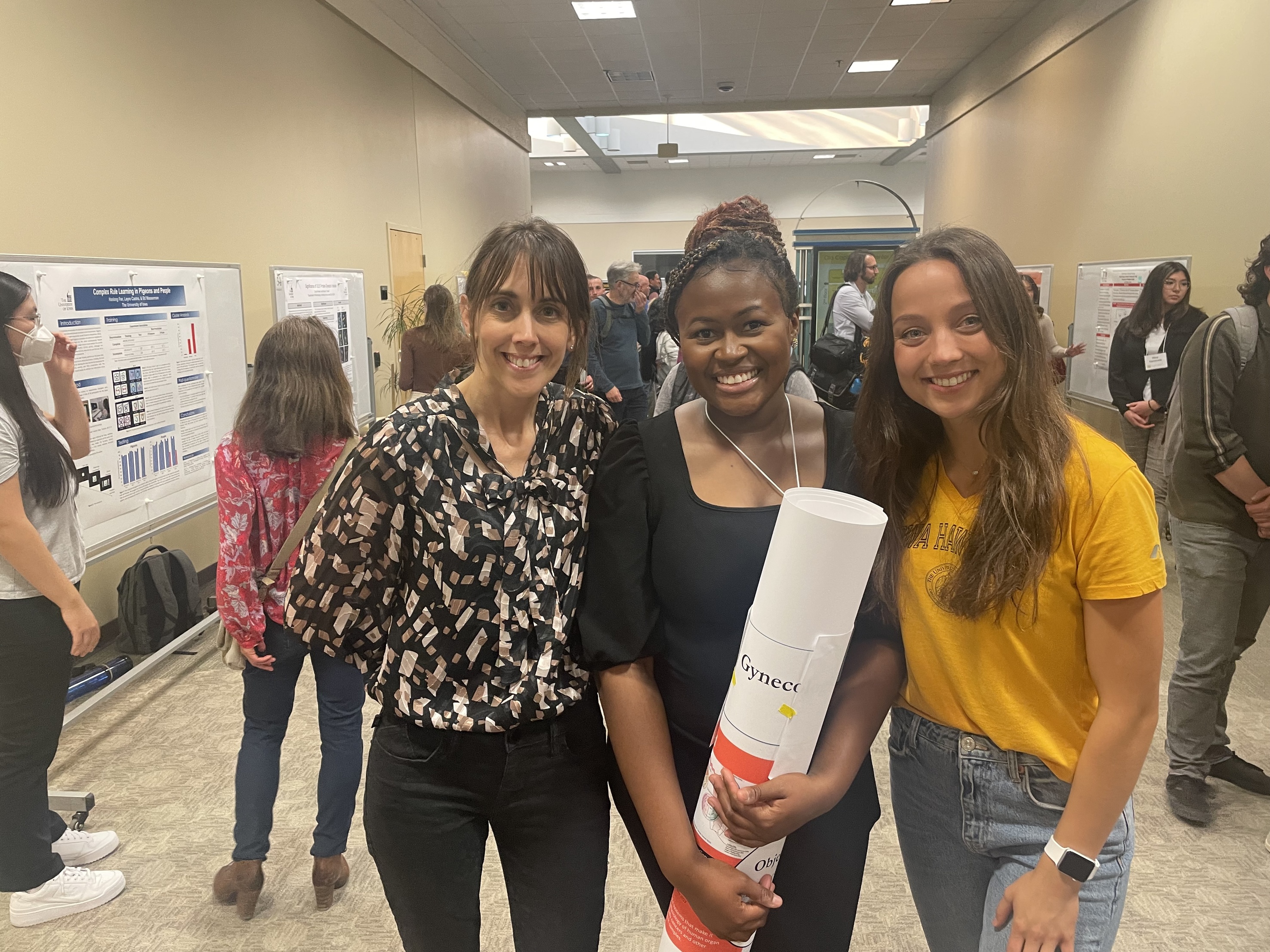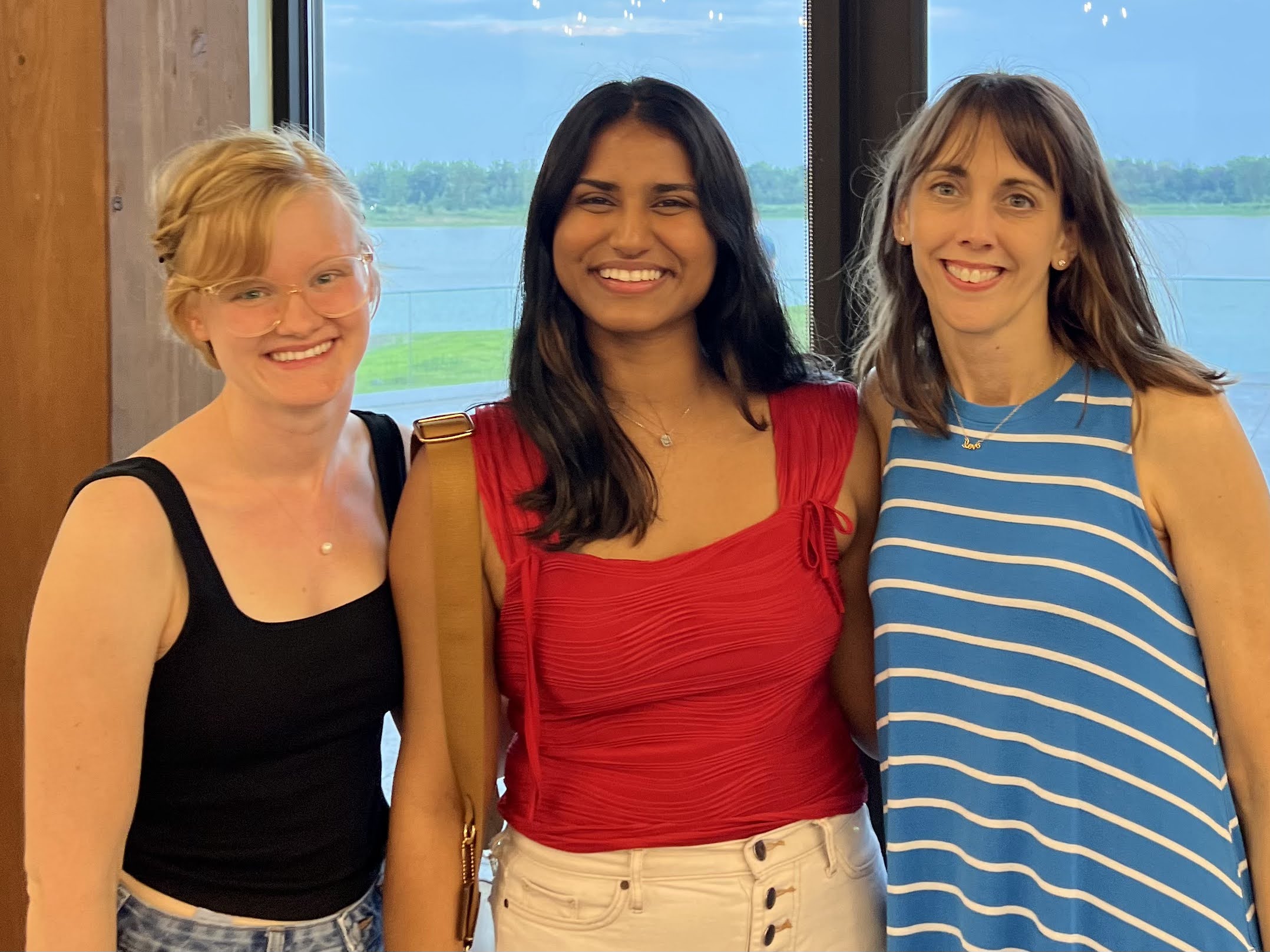My career path was not a linear trajectory from graduate school to my current position. In college at Samford University, a small liberal arts university in Birmingham, Alabama, I was fortunate to be mentored by my genetics professor, W. Mike Howell, who inspired me to do research. I began a PhD program at Vanderbilt University in 2001 in the era of targeted therapy and genomic sequencing. I joined the laboratory of Graham Carpenter, who is world-renowned for his studies of epidermal growth factor receptor (EGFR) signaling. In my graduate work, I discovered that a region of EGFR upstream of the kinase domain (termed the juxtamembrane region) is critical for intracellular receptor dimerization. I also met my husband, Bill Thiel, in my graduate class at Vandy.


When planning for a postdoctoral position, I sought out translational work to complement my training in basic science. I chose the laboratory of Paloma Giangrande, a newly recruited Assistant Professor at the University of Iowa. My project included developing cell-targeting ligands (aptamers) to deliver cytotoxic siRNAs to cancer cells. Bill and I also had our first child when we were postdocs.
After finishing my postdoc, I spent eight years as a scientific writer and editor in an academic setting. During that time, I also co-founded a startup company in cancer diagnostics, Immortagen. Late 2017 brought two major life events: the arrival of our second child and a developing interest to go “back to the bench” towards leading my own research team. I was fortunate to have the support and mentorship of Kim Leslie, who was then Chair of Obstetrics and Gynecology at the University of Iowa. Under Kim’s guidance, I successfully attained a K22 Transition Career Development Award from NCI.
I began my own independent research laboratory in the Department of Obstetrics and Gynecology at the University of Iowa in June 2022, with a secondary appointment in Internal Medicine. My specific research interests include identification of innovative approaches to treat cancer through design of novel therapeutic delivery tools and rational combination of existing drugs to achieve therapeutic synergy. This work incorporates cutting-edge preclinical models that use patient tumor specimens along with sophisticated automated live-cell imaging to assess therapeutic response. A central theme in my research program is to identify prevention and treatment strategies that take into account different racial, ethnic and geographic populations, which is largely influenced by my childhood in rural south Alabama.

I am also an active member of the Holden Comprehensive Cancer Center, where I am an Assistant Program Leader (Experimental & Redox Therapeutics) and lead the weekly research seminar series. I have also launched a bimonthly Gynecologic Oncology Working Group to bring together basic, translational, clinical and population health researchers across the University of Iowa campus. I am active across campus as a member of Faculty Senate and the Iowa Chapter of the National Association of Inventors.
